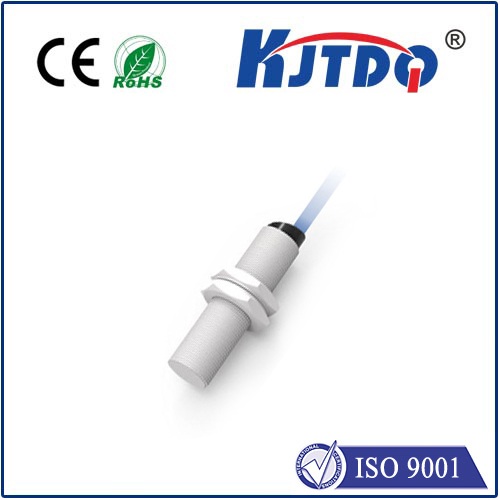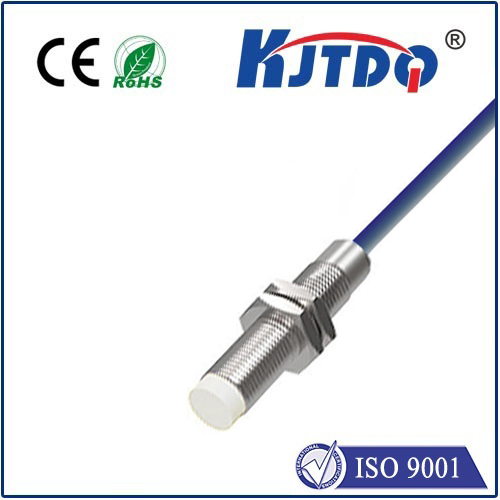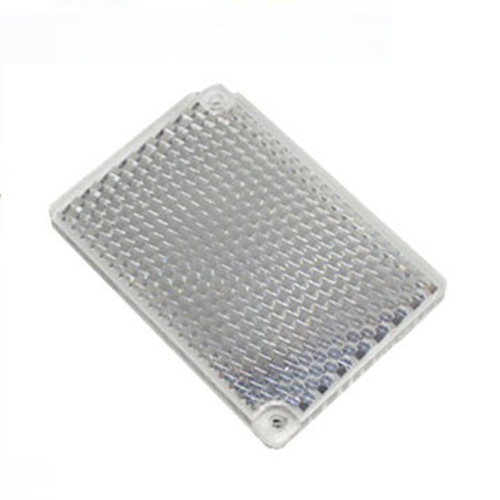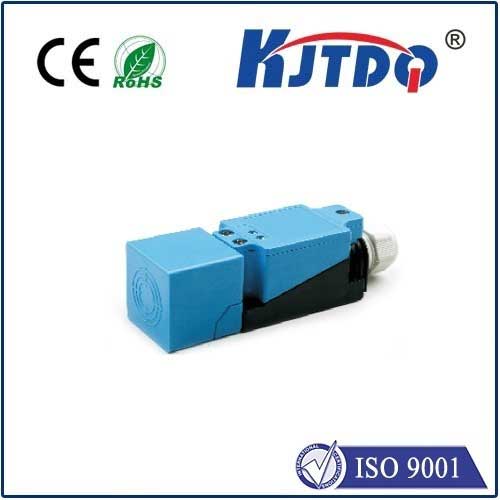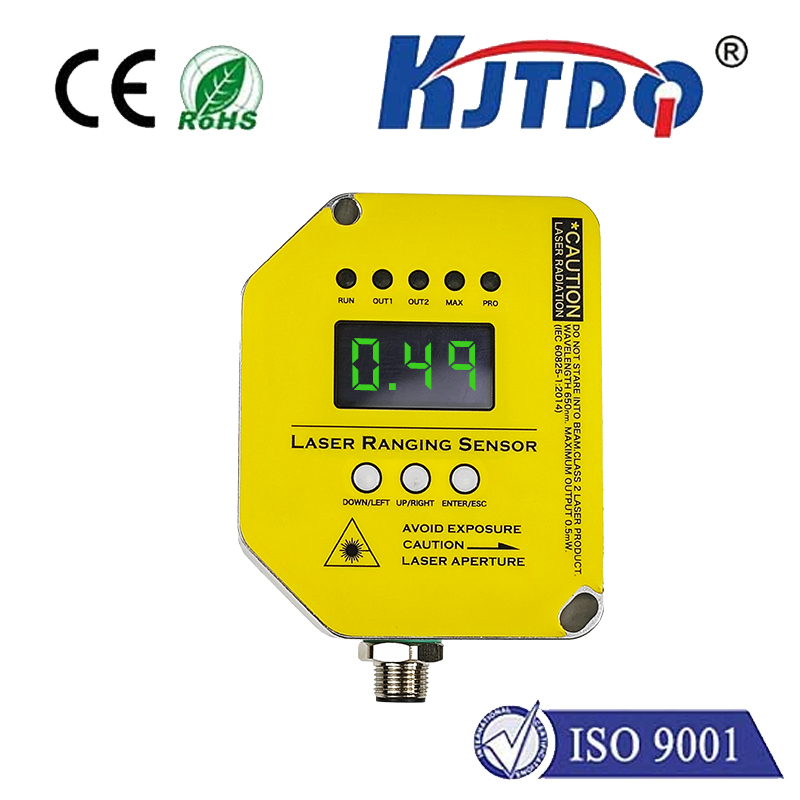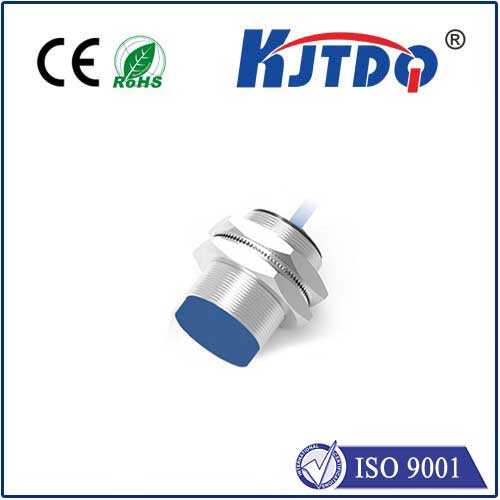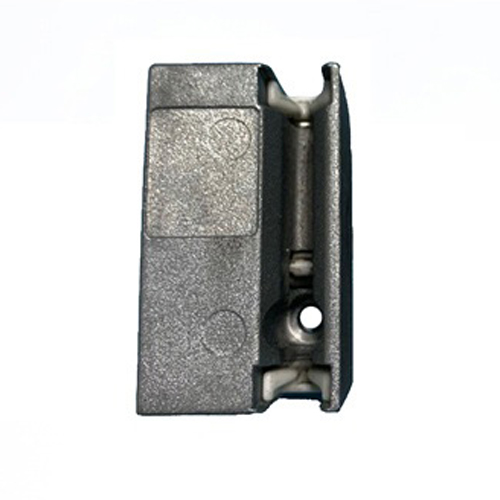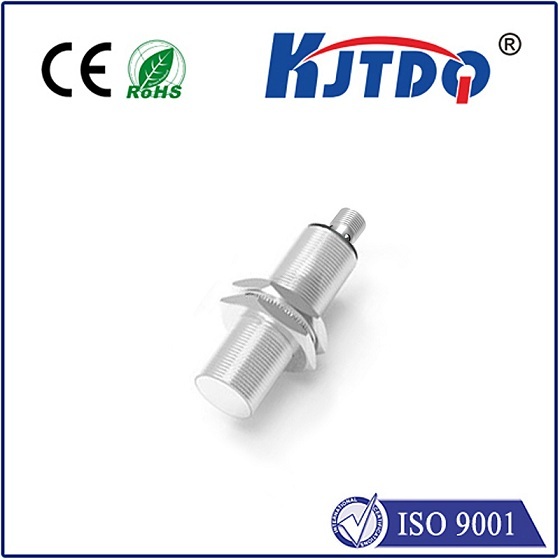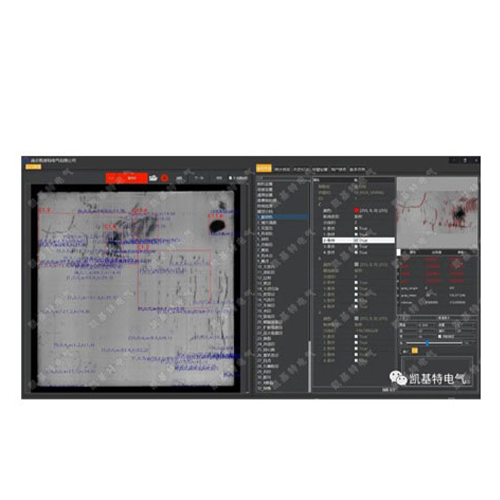laser energy sensor
- time:2025-08-27 14:10:03
- Click:0
Laser Energy Sensors: Precision Guardians of Photonic Power
From delicate eye surgery to cutting through thick steel plate, lasers have revolutionized countless industries. But that concentrated beam of light isn’t just about presence; it’s about precise power. Too little energy, and the process fails. Too much, and damage or disaster can occur. This is where the laser energy sensor, an often unsung hero of photonics, steps into the critical role of quantifying the power within each pulse or continuous wave. Understanding these sensors isn’t just technical trivia; it’s fundamental to safety, quality control, and pushing the boundaries of laser applications.
What is a Laser Energy Sensor?
At its core, a laser energy sensor is a specialized device designed to measure the total optical energy delivered by a laser beam. Unlike power sensors that measure the rate of energy delivery (watts), an energy sensor quantifies the energy per pulse or over a specific time duration (joules). Think of power as the speed of water flowing from a hose (gallons per minute), while energy is the total volume of water delivered into a bucket (gallons). For pulsed lasers, where energy is delivered in extremely short bursts (nanoseconds to femtoseconds), measuring the energy per pulse is paramount for determining process outcomes and ensuring system integrity.

Why Precision Measurement Matters
Measuring laser energy isn’t a luxury; it’s often a necessity driven by critical factors:
- Process Control & Quality Assurance: In manufacturing (laser welding, cutting, marking, additive manufacturing), consistent energy delivery directly determines the quality, depth, and precision of the result. Fluctuations lead to defects, rework, and scrap. Energy sensors provide the feedback loop essential for automation and repeatability.
- Safety: Lasers pose significant hazards, particularly to eyesight. Accurate energy measurement is vital for classifying lasers according to safety standards (like ANSI Z136 or IEC 60825). Knowing the actual emitted energy ensures appropriate safety protocols and protective equipment are in place.
- System Calibration & Diagnostics: Laser systems degrade over time. Regular energy measurement using a calibrated sensor allows engineers to monitor laser health, fine-tune performance, detect component failure early, and ensure the system operates as intended. It’s the key maintenance metric.
- Research & Development: Pushing laser technology forward requires precise characterization. Scientists rely on high-accuracy laser energy sensors to validate new laser designs, study material interactions, and develop cutting-edge applications in fields like spectroscopy, LIBS (Laser-Induced Breakdown Spectroscopy), and photovoltaics research.
- Medical Efficacy: In medical procedures like dermatology (tattoo removal, skin resurfacing) or ophthalmology (cataract surgery), delivering the precisely calibrated energy dose is critical for achieving the desired therapeutic effect while minimizing damage to surrounding tissue. Here, sensor accuracy is directly linked to patient outcome.
How Do Laser Energy Sensors Work?
The core principle involves converting absorbed optical energy into a measurable signal, typically electrical. Different sensor types utilize distinct physical mechanisms, chosen based on laser parameters (wavelength, pulse energy, repetition rate, beam size) and required accuracy:
- Thermal Sensors (Pyroelectric & Thermopile):
- Pyroelectric: Use materials that generate a temporary voltage change proportional to the temperature rise caused by an absorbed laser pulse. They are ideal for measuring pulsed laser energy, especially lower repetition rates. Key advantages include broad wavelength sensitivity and high damage thresholds for high-energy pulses.
- Thermopile: Generate a continuous voltage proportional to the temperature difference between an absorbing surface and a heat sink due to absorbed continuous (CW) or high-repetition-rate laser power. While slower than pyroelectric, they excel at measuring average power of CW lasers and high rep-rate pulses.
- Photodiode-Based Sensors (Often with Attenuation):
- Utilize semiconductor junctions where absorbed photons generate electron-hole pairs, creating a photocurrent proportional to the incident power. For measuring energy, this current is integrated over the pulse duration.
- Crucially, lasers easily saturate or damage standard photodiodes. Therefore, these sensors incorporate significant optical attenuation (neutral density filters, diffusers, integrating spheres) to reduce the beam intensity to levels the photodiode can handle. This approach offers exceptional sensitivity for measuring very low pulse energies or average powers but requires careful calibration regarding the attenuation factor. Beam profile uniformity becomes less critical with integrating spheres.
Key Considerations When Choosing a Laser Energy Sensor
Selecting the right sensor demands careful evaluation of your specific laser and application:
- Energy/Power Range: What is the minimum and maximum single pulse energy or average power you need to measure? Choosing a sensor significantly outside its calibrated range compromises accuracy or risks damage.
- Laser Wavelength: Sensors have specific spectral responsivity. Ensure the sensor is calibrated or appropriately responds to your laser’s wavelength.
- Pulse Parameters: For pulsed lasers, consider pulse duration and repetition rate. Pyroelectrics handle short pulses well but may struggle with very high rep-rates where thermal sensors might be better. Check the sensor’s specified limits.
- Beam Size & Profile: Can the sensor’s aperture accommodate your beam size? Does its measurement principle require a uniform profile (photodiode) or is it less sensitive to it (thermal w/ absorbing coating, integrating spheres)?
- Damage Threshold: Exceeding this limit will permanently destroy the sensor. Always operate significantly below (e.g., 50-70%) the specified damage threshold for the laser parameters. This is non-negotiable for sensor longevity.
- Calibration & Accuracy: Sensors need periodic recalibration against traceable standards. Understand the stated accuracy and measurement uncertainty for your required parameters.
- Required Signal: What readout device will you use? Ensure compatibility with the sensor’s output signal type (voltage, current).
Advancing Frontiers: Applications Driving Sensor Evolution
Laser energy sensors are integral to next-generation technologies:
- Ultrafast Lasers: Measuring highly energetic, ultrashort (femtosecond) pulses requires sensors with extremely fast response times and high damage thresholds, pushing pyroelectric technology further.
- Industrial Automation: Integration of sensors directly into laser tools for real-time, closed-loop process control demands robust, compact designs with fast measurement capabilities.
- High-Power Lasers (Kilowatts+): Applications like directed energy weapons or heavy industrial cutting require sensors capable of handling immense power levels reliably, often employing sophisticated cooling techniques.
- Biophotonics: Precise low-energy measurement in medical diagnostics and therapeutic applications, particularly with complex beam profiles or in confined spaces, drives demand for miniaturized, highly sensitive solutions.
The Unseen Critical Component
While the laser beam itself commands attention, the laser energy sensor operates quietly in the background, serving as the indispensable arbiter of photonic power. It transforms the intangible intensity of light into reliable, quantifiable data.






